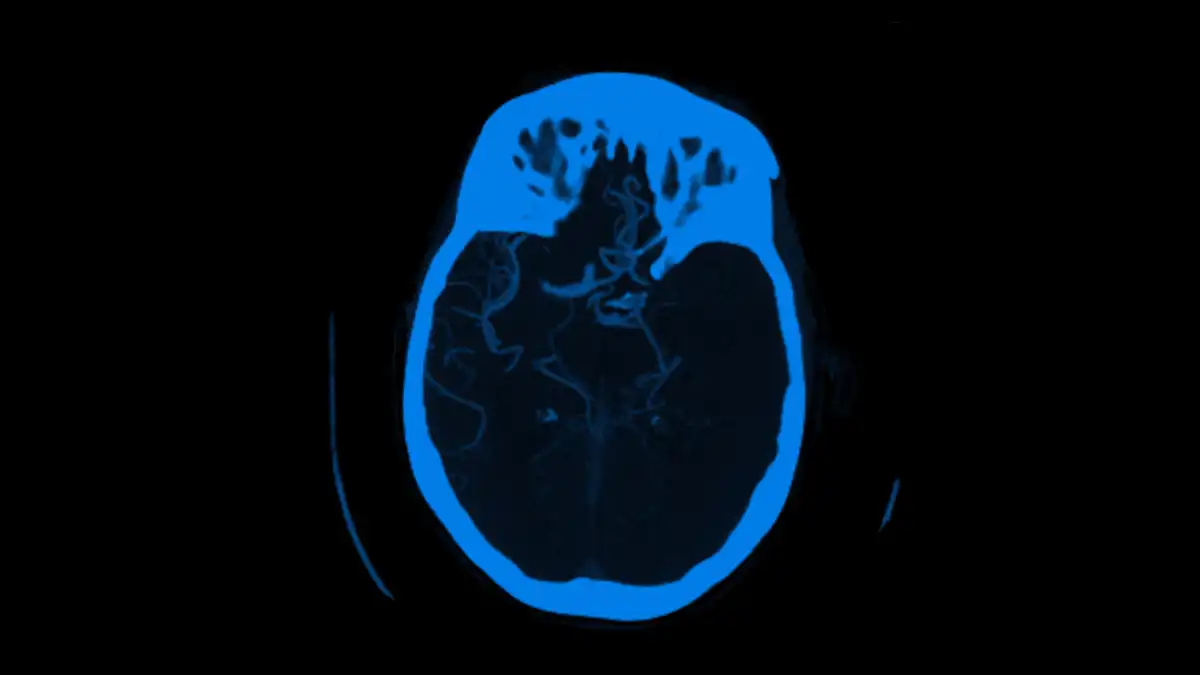
Viz™ LVO
AI software detection of large vessel occlusion stroke on...
Background Artificial intelligence (AI) software is increasingly applied in stroke diagnostics. However, the actual performance of AI tools for identifying...
Jan 27, 2022

The use of artificial intelligence software to assist in acute ischemic stroke imaging has recently gained widespread acceptance at stroke centers across the country. Viz.AI has added automated detection of suspected hemorrhage (ICH) to its platform, which alerts the clinical team via an iphone application. Real-world performance of Viz.AI ICH detection is limited. We report our single center experience with Viz.AI ICH detection at our academic comprehensive stroke center (CSC).
We performed a retrospective review of suspected stroke patients who had a non-contrast CT brain performed as part of a stroke “code” from May 12, 2021 to August 18, 2021. Data was collected on sex, age, Viz.AI ICH alert, and alert times. Radiology determination of hemorrhage on CT brain was considered gold standard and positive. We calculated the sensitivity, specificity, positive predictive value (PPV), and negative predictive value (NPV) of Viz.AI ICH compared to control.
Among 611 consecutive suspected stroke patients with non-contrast CT brain analyzed by Viz.AI ICH, mean age was 63.5 years (range 18 to 95) and 296 (48.4%) were female. Viz.AI ICH autodetection alerted for 82 patients (13.4%). Radiologist review reported 83 patients with hemorrhage. There were 519 true negatives, 9 false positives, 10 false negatives, and 73 true positives. Sensitivity was 87.9% and Specificity was 98.3%. PPV was 89.0% and NPV was 98.1%. The mean time from CT completion to Viz.AI ICH alert notification to the clinical team was 2.03 minutes (range, 1 to 5 minutes).
In our series of patients evaluated for stroke code at our CSC, Viz.AI automated hemorrhage detection performed with both high sensitivity of (87.9%) and specificity (98.3%) and alerted the clinic teams to suspected ICH within 5 minutes. Further study is warranted to improve processes in acute stroke care.